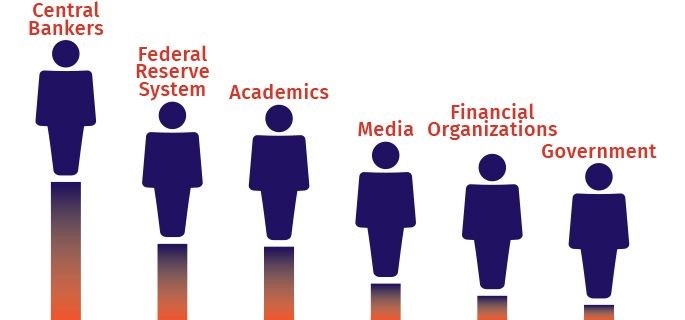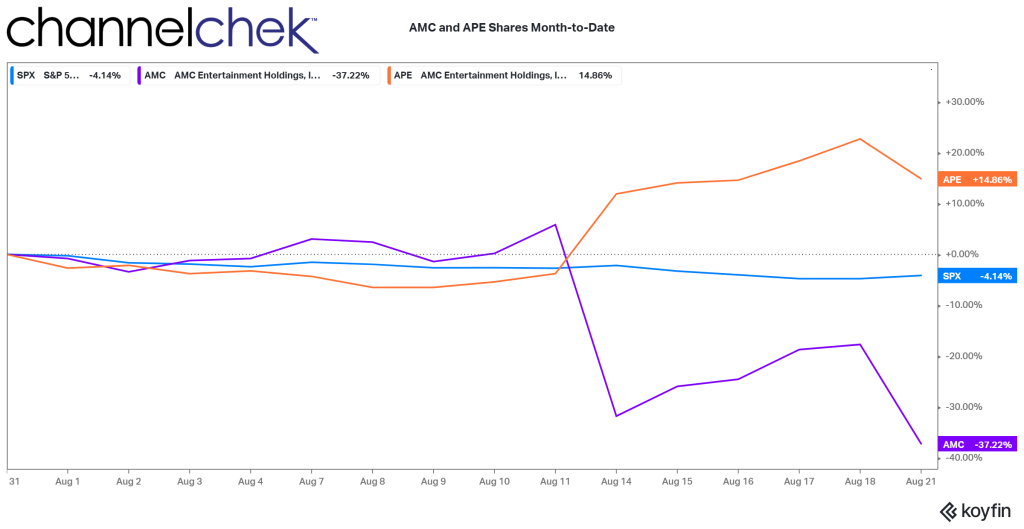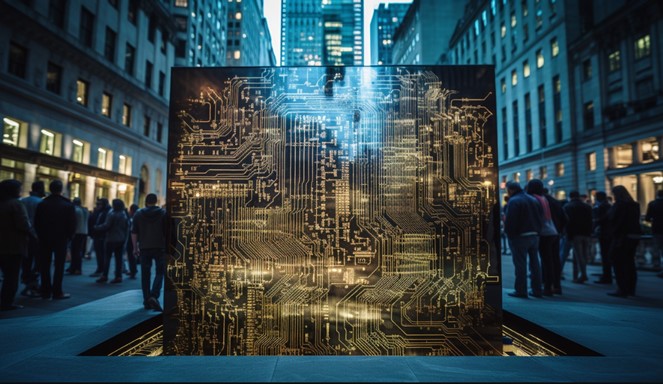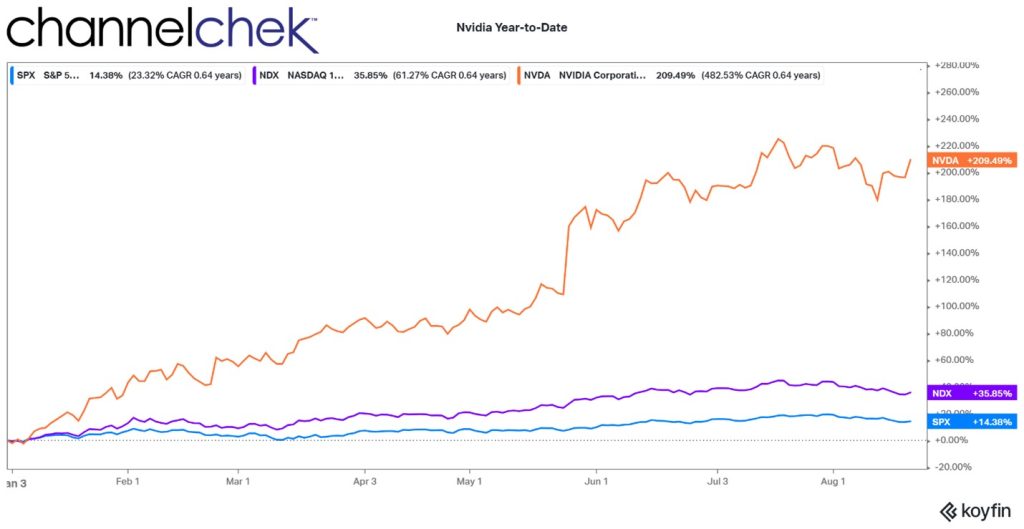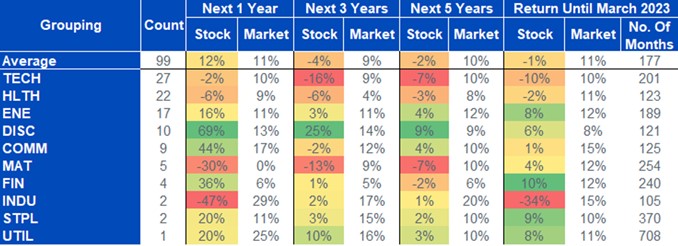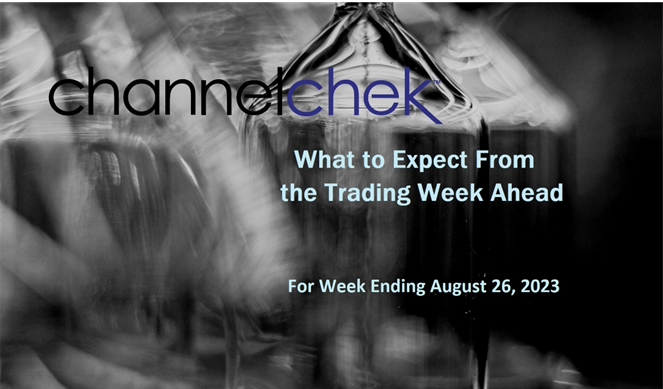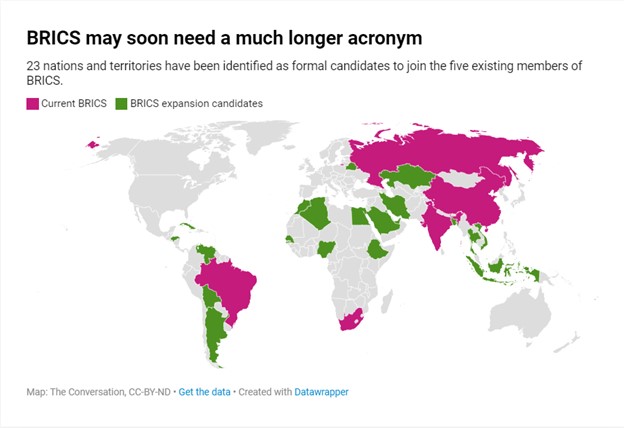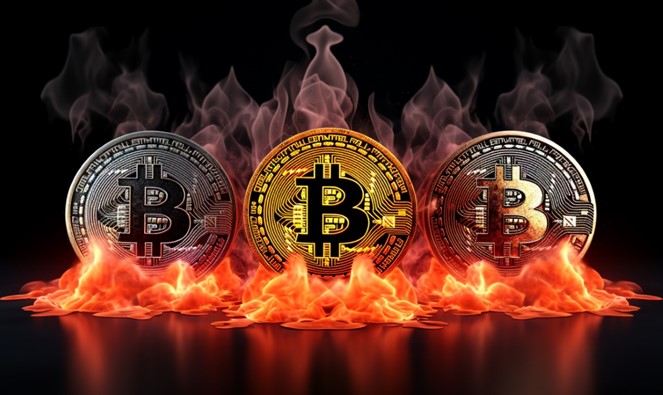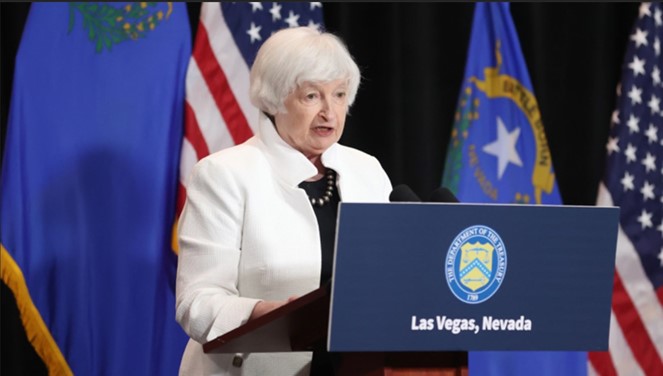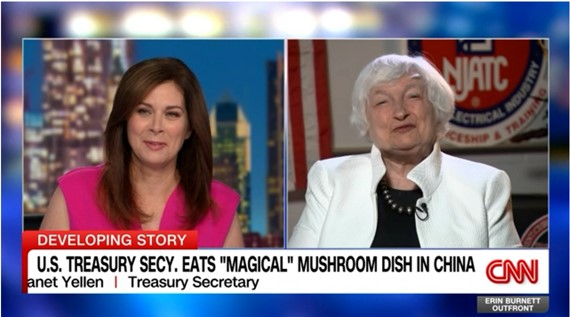
Blackrock’s Support for ESG May Have Been Unsustainable
Blackrock, a firm with a reputation for strongly supporting ESG resolutions, having voted yes on 47% of them in 2020, voted down 93% in the past year. The company provided the reasons for shunning 371 proposals out of 399 in its annual Stewardship Report released on August 23rd. With $9.4 trillion under management, investors pay attention to the investment manager. This gives it the power, whether it likes it or not, to create trends as others follow its lead. Should the company’s adjusted position on ESG be taken as something others want to mimic? The reasons given leave that in question.
BlackRock is the world’s largest asset manager. As such, the funds it manages own significant amounts of shares of a broad array of public companies. The Blackrock funds vote on important matters related to the underlying companies if a corporate resolution requires a shareholder vote. Think of the ETF or mutual fund as a trust, and the fund manager, Blackrock, gets to vote on behalf of the assets in the trust. Whereas if an investor owns individual shares of a company, they get to decide and vote themselves, either at a board meeting or more likely, through a proxy statement. Certainly, the amount of control over the decisions of corporations worldwide given to an asset manager of this size is immense.
Each year, the company files a report on its voting during the proxy season. It broke records by voting down 91% of all shareholder proposals and against 93% of those focused on environmental and social issues during the 2023 proxy year. The 7% of ESG proposals that BlackRock supported this year is down sharply from 2022, when BlackRock’s investment stewardship team supported 24% of such proposals, and from 2021, when it supported 47%.
BlackRock’s Investment Stewardship team, makes the voting decisions on both management and shareholder proposals on behalf of BlackRock’s clients. It said the large number of “NO” votes this year is partly related to a huge influx of shareholder proposals. These were described as “poor quality” by the BIS team, either because they were “lacking economic merit,” were “overly prescriptive” and “sought to micromanage a company’s strategy,” or were simply redundant, asking a company to do something it had already done, the Stewardship Report said.
BlackRock’s support for management proposals (not shareholder proposals), which accounted for more than 99% of the roughly 172,000 proposals voted on by BIS, remained high at 88%.
BlackRock’s trend of voting against shareholder proposals is largely in line with other fund managers. The median shareholder support for environmental and social proposals in the U.S. fell sharply from 25% in 2022 to just 15% in the 2023 proxy year.
The firm has backed away from ESG as a term if not a concept. The most recent CEO newsletter did not include the acronym at all, and during a June interview, CEO Larry Fink said he does not use the term, he gave this reason, “I’m not blaming one side or the other, but it has been totally weaponized,” Mr. Fink said. “In my last CEO letter, the phrase ESG was not uttered once, because it’s been unfortunately politicized and weaponized.” He now has a reluctance to have his firm associated with the term ESG after a wave of backlash from both sides of the political spectrum.
In December 2022, Florida’s chief financial officer announced that the state would pull $2 billion worth of assets managed by BlackRock, the largest such divestment by a state opposed to the asset manager’s environmental, social and corporate governance (ESG) policies. BlackRock also lost some of its business of oil rich Texas from its government pension funds because of its ESG policies. Louisiana and Missouri, have also taken steps to divest from BlackRock.
Although not specifically stated in the report, Blackrock fund managers still support the idea that good corporate citizenship could in turn, benefit shareholders. But they will no longer be out front as though ESG factors are the most important criteria. Earlier this month S&P Global Ratings decided it would not provide ESG ratings separate from its credit ratings. Instead, S&P will factor in all of the obligors’ business practices as it relates to risk of non-payment, and assign only a credit rating.
The term has become polarizing as differing political philosophies tend to stand together in support of ESG issues being taken into investment consideration, and other political leanings stand opposed to the not fully developed concept. This has hurt Blackrock.
Republican politicians have been probing Blackrock’s business dealings and asking conservative-leaning state pension funds to divest from the company, which they say has unfairly excluded the traditional energy sector.
On the other hand, environmental activists have lambasted Mr. Fink and his company for not doing enough to stop climate change, protesting in front of BlackRock’s headquarters and heckling senior executives at public speaking engagements. In June Blackrock began providing high-level security to protect Mr. Fink and others in management.
Take Away
When you put your money into most mutual funds, you give away the power that comes with voting on important matters to the underlying shares held by the trust of which you are a part owner. As mutual funds and ETFs have grown, more of the power to guide companies has been handed to the elite running asset management companies.
The growth in popularity in “sustainability” investing caused a rush from investors to these funds, which then needed to place assets in the limited number of companies in the segment. This caused a rise in the share prices of the companies and a rise in the popularity of the funds. Many investors were indifferent to ESG, but not indifferent to making money, they also jumped in. Companies quickly caught on and adjusted their logos to include leaves and the color green, altering some business practices.
While the leadership that Blackrock provides may signal the eventual demise of the term ESG, there has always been, and will always be an interest in putting your money where your heart is. The concept will live, but with Blackrock’s lead, the acronym may transform to something that is less political and less likely to cause protests outside of his home.
Managing Editor, Channelchek

Sources
https://www.wallstreetmojo.com/shareholder-resolution/
https://www.pionline.com/esg/blackrock-ceo-larry-fink-says-he-no-longer-uses-term-esg
https://www.ft.com/content/06fb1b85-56ba-48cd-b6f6-75f8b8eee7e1
https://www.blackrock.com/corporate/insights/investment-stewardship

